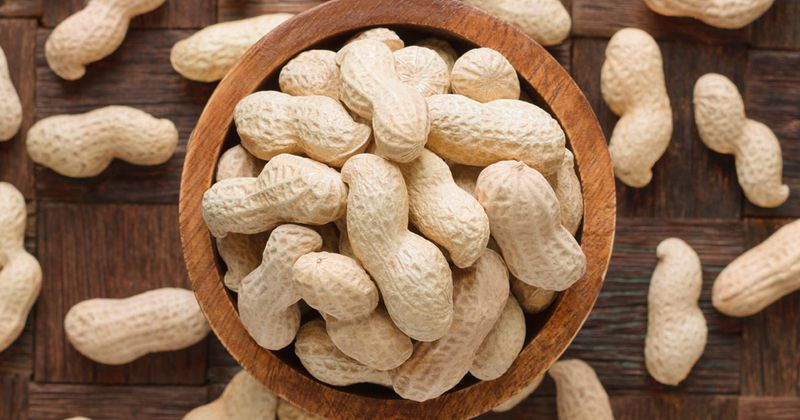Top in allergy/asthma: Peanut patch for toddlers; hereditary angioedema attacks
Sixty-seven percent of toddlers who were allergic to peanuts had a boost in their tolerance after being treated with a Viaskin Peanut patch for 12 months, recent data show.
Researchers said the results suggest that epicutaneous immunotherapy could be safe and effective for toddler peanut allergy. The findings are particularly important as there are currently no FDA-approved treatments for children aged younger than 4 years, which is when most initial diagnoses occur. It was the top story in allergy/asthma last week.

Another top story reported study results that showed modern prophylaxis resulted in fewer hereditary angioedema attacks requiring icatibant or C1-INH IV than other therapies. Nearly half of all school, work or study days lost due to attacks over the course of the trial were reported by patients who only used on-demand therapy and no prophylaxis.
Read these and more top stories in allergy/asthma below:
Immunotherapy skin patch could address ‘urgent’ need among toddlers with peanut allergy
Epicutaneous immunotherapy was superior to placebo in desensitizing toddlers to peanuts and in increasing the dose of peanuts that trigger allergic symptoms, according to a study published in The New England Journal of Medicine. Read more.
Prophylaxis reduces number of hereditary angioedema attacks requiring acute care
Patients with hereditary angioedema using modern prophylaxis had fewer attacks needing icatibant or C1-INH IV than patients on other therapies, according to a study published in The Journal of Allergy and Clinical Immunology: In Practice. Read more.
Allergy, asthma providers should guide patients to reliable nutritional information online
Information about nutritional treatment for the atopic triad on YouTube tends to be dubious, with a recent study of 91 videos classifying 65% of them as misleading and only 32% of them as useful. Read more.
Social needs associated with poor asthma control among under-resourced children
Individual and aggregate social needs were associated with poor asthma control among a population of predominantly under-resourced children, according to a study published in The Journal of Allergy and Clinical Immunology: In Practice. Read more.
Q&A: AI ready to assist, not replace, human beings in asthma, allergy care
As breakthroughs in artificial intelligence power more effective and efficient treatment elsewhere in medicine, many asthma and allergy specialists may wonder how these innovations could impact their day-to-day practice. Read more.
